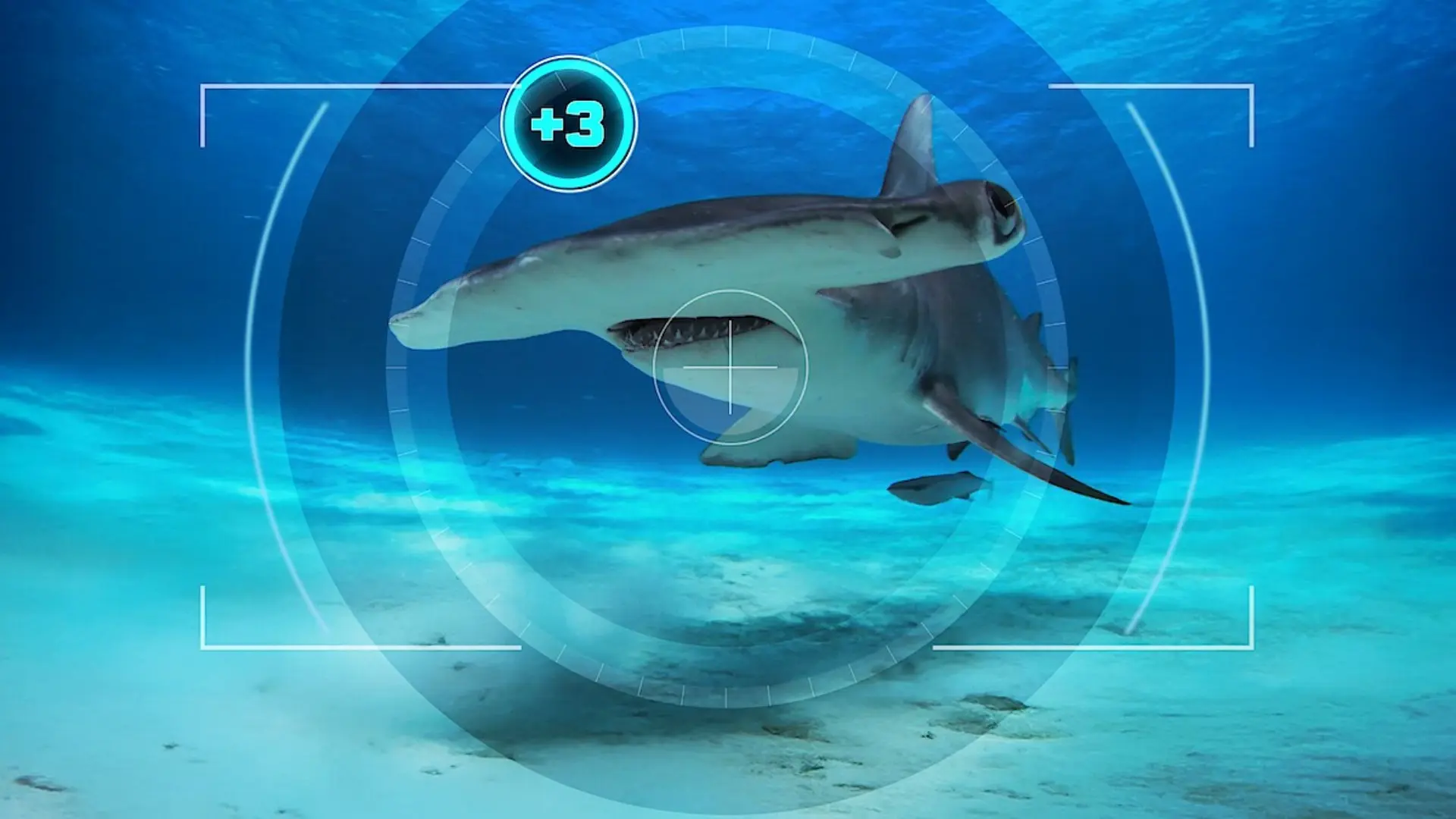All the Sharks: Netflix’s new reality series is ‘Drive to Survive’ meets ‘Jaws’ with a competitive twist
-
 All the Sharks on Netflix (Image via Netflix Tudum)
All the Sharks on Netflix (Image via Netflix Tudum)All the Sharks, Netflix’s latest reality competition series, premiered on July 4, 2025. The six-part series blends wildlife adventure with game-show dynamics, described as “Drive to Survive meets Jaws with a side of Squid Game.” The show features pairs of contestants — including scientists, journalists, and filmmakers — competing to identify as many shark species as possible across global diving sites.
Their goal is to rack up points by capturing clear footage of rare and identifiable sharks. Each team is given eight hours, four air tanks, and underwater cameras, and competes for a $50,000 prize to be donated to a marine charity of their choice.
Hosted and narrated by Tom Hird, the series visits destinations like Australia, South Africa, Japan, the Galapagos, and Fuvahmulah Island in the Maldives — also known as “shark island.” Species vary in point value based on rarity; for instance, a thresher shark earns fifty points, while a more common tiger shark scores only three.
The tone of the show shifts between highlighting the dangers of shark encounters and showcasing the challenges faced by the human contestants. By focusing equally on the contestants’ stories and the marine environment, All the Sharks offers both entertainment and awareness.
Shark island challenges teams in early episodes of All the Sharks
The first episodes take viewers to Fuvahmulah Island in the Maldives, introduced by host Tom Hird as “shark island.” Contestants face intense diving conditions while aiming to spot and film over 30 species of sharks. The game rules are simple but competitive: only clearly identifiable shark footage counts, and rare sharks carry more point value.
Rosie and Randy, a pair of cheerful scientists, are among the standout teams. Rosie comments that people often don't expect scientists to look like them. Randy adds that Black scientists are underrepresented in the field. Their journey is both educational and competitive, as they try to balance safety with results.
Meanwhile, British duo Sarah and Dan, nicknamed “The Great British Bait Off,” attempt a high-risk strategy. They dive into remote waters hoping to score big with rare species, but end up falling behind in the points tally. Despite setbacks, they keep trying.
The show includes facts like how tiger sharks can “bite through bone like butter,” but shifts focus to how human decision-making plays a role in underwater exploration. As the tension rises, it becomes clear that success depends not only on shark knowledge but also on teamwork and adaptability under pressure.
Sharknadoes and high-stakes photography in Japan
In later episodes, the show heads to Japan. Host Tom Hird talks about “sharknadoes,” calling them “fizzing maelstroms of snapping, snarling sharks.” These are rare groups of many sharks swimming close together. If a team manages to take a clear photo of one during the chaos, they can earn fifty points.
As the contest continues, teams begin to change their plans and think more carefully about how to earn points. Some contestants get better at quickly identifying shark species. One of them said the show made them “feel like a well-qualified expert.”
The people behind the show have worked on many shark documentaries. They try to show real shark behavior while still keeping the excitement of a game. Even teams that don’t do well in the contest are part of the story, as their effort and mistakes show the human side of the challenge.
By the end, the teams have visited many different places and seen lots of shark types. The show mixes education with fun. It may not change how people feel about sharks, but it helps them learn more about the animals and the people who study them.
Stay tuned for more updates.
TOPICS: All the Sharks, Netflix, Tom Hird, Reality TV
- Shark Docs duo wins Netflix’s All the Sharks, donates prize to ocean conservation efforts
- Tom 'The Blowfish' Hird dives into hosting Netflix’s global shark adventure series All The Sharks
- “I just didn’t want us to lose”: Brendan Talwar reflects on All the Sharks experience and conservation goals
- "Every shark caught on camera earns you points" — Netflix's All the Sharks sends teams on global underwater quest